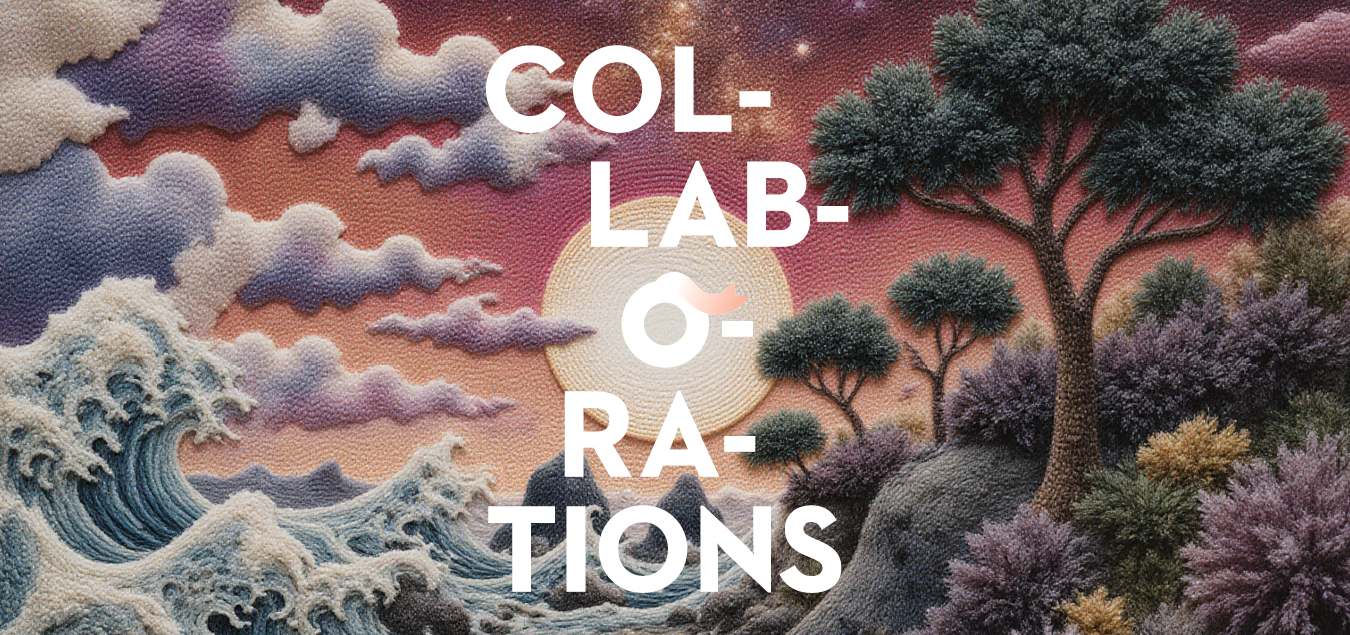
I am a born collaborator!
- Leonard Bernstein
If Lenny said something like this, we should all take notice!
At its heart, music is never solitary. It begins with a composer’s spark, comes alive through performers, and finds its deepest meaning in you — our audience. Music is, and always has been, a collective act: a collaboration.
This spirit of connection drives Orchestra Wellington’s 2026 season, COLLABORATIONS. Each programme partners us with extraordinary individuals and ensembles: soloists, choirs, dancers, composers — and of course, you, who give meaning to what we perform. Together we’ll explore astonishing repertoire, some not heard in New Zealand for generations, some never heard here before— all made possible through the creative energy of collaboration.
We crown our season with a work that almost defines collaboration: Berlioz’s Requiem (Grande Messe des Morts, 1837). Berlioz valued it above everything, saying, “If I were threatened with the destruction of all my works save one, I should crave mercy for the Messe des Morts!” It is gargantuan: four antiphonal brass bands, sixteen timpani played by ten timpanists, a vast orchestra, tenor soloist, and the mighty Orpheus Choir Wellington. The effect is overwhelming, and yet Berlioz’s genius lies in the clarity of structure, shifting its focus from massed ritual to the individual soul. And what a collaboration this will be: Orchestra Wellington joined by a galaxy of forces: Orpheus Choir Wellington, Hutt City Brass, Wellington City Brass, the Te Kōkī Orchestra, and MORE! To perform this work is to summon a whole community.
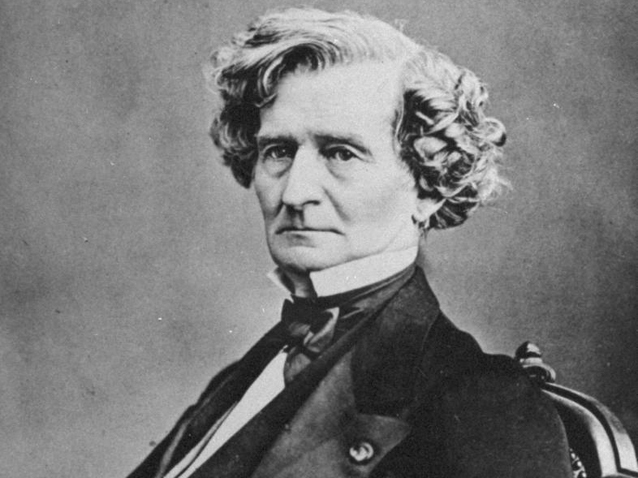 (Portrait, Hector Berlioz)
(Portrait, Hector Berlioz)
The Requiem is prefaced by a new work commissioned by the SOUNZ Centre for New Zealand Music from Tāmaki Makaurau based Sāmoan composer Joshua Pearson, in collaboration with other New Zealand city-based orchestras. We are honoured to present this world premiere — proof that collaboration is not only about scale, but also about vision, trust, and passing the torch to a new generation.
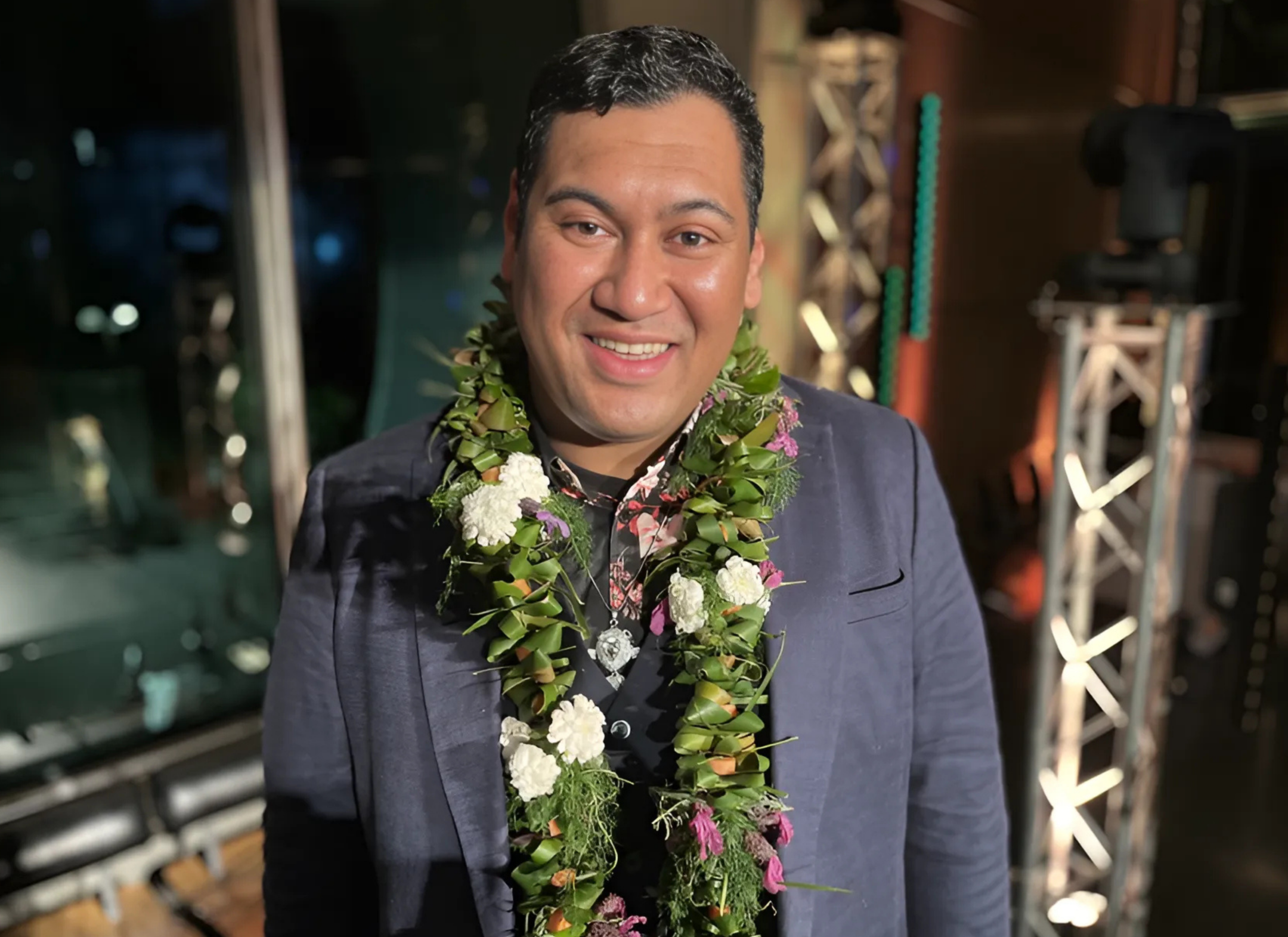 (Joshua Pearson)
(Joshua Pearson)
Our season opens by exploring the impact of jazz on the symphonic tradition. Milhaud’s La Création du Monde (1923), inspired by Harlem clubs, is an early masterpiece of jazz-infused modernism, predating even Rhapsody in Blue. We bring the work’s original ballet conception to life, collaborating with the incredible Ballet Collective Aotearoa and gifted choreographer Loughlan Prior. It is one of my very favourite pieces of music and performing it in this manner underscores the inseparable connection between dance and music, composer and choreographer.
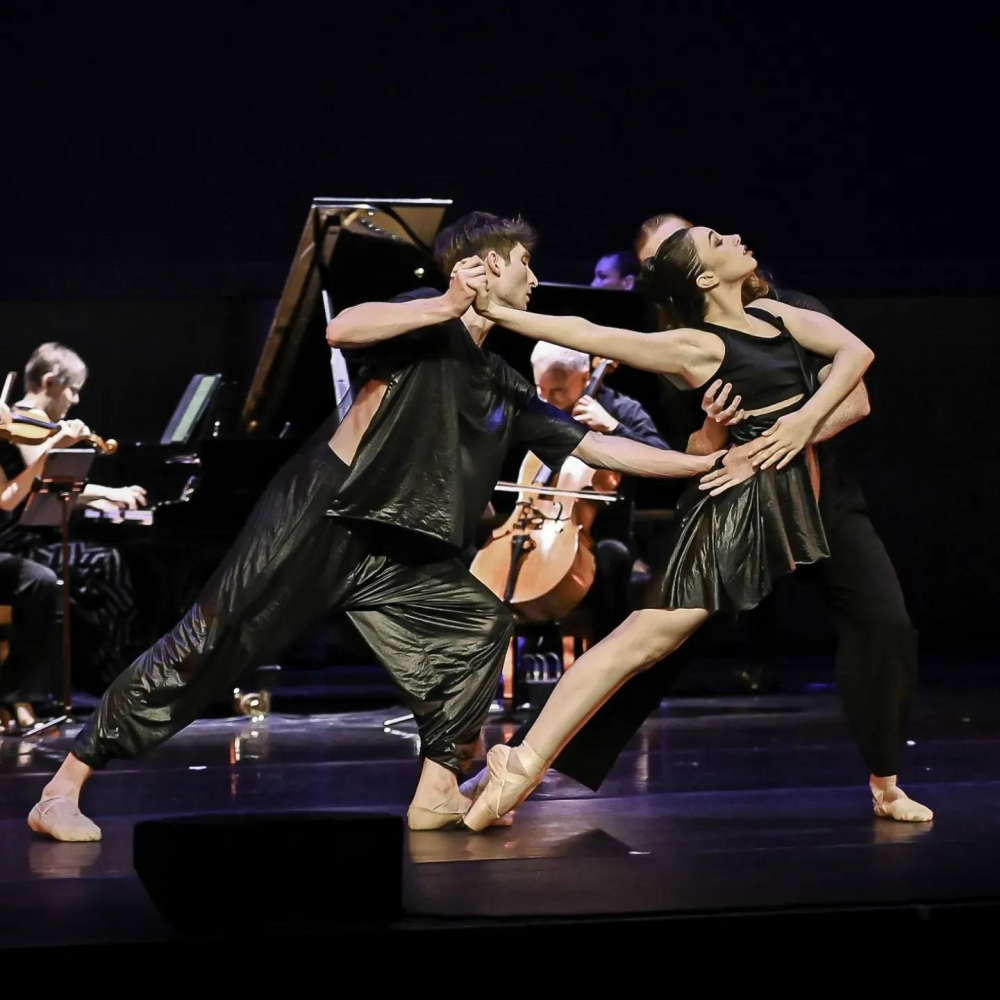 (Dancers from Ballet Collective Aotearoa)
(Dancers from Ballet Collective Aotearoa)
Gershwin’s Piano Concerto in F (1925) was his declaration that he was more than just Tin Pan Alley. Unlike Rhapsody in Blue, orchestrated by Grofé, this taut and ambitious concerto was orchestrated by Gershwin himself. William Walton admired it; Schoenberg, later his tennis partner, remarked: “He is a composer … because he speaks in music.” Pianist David Fung joins us as soloist.
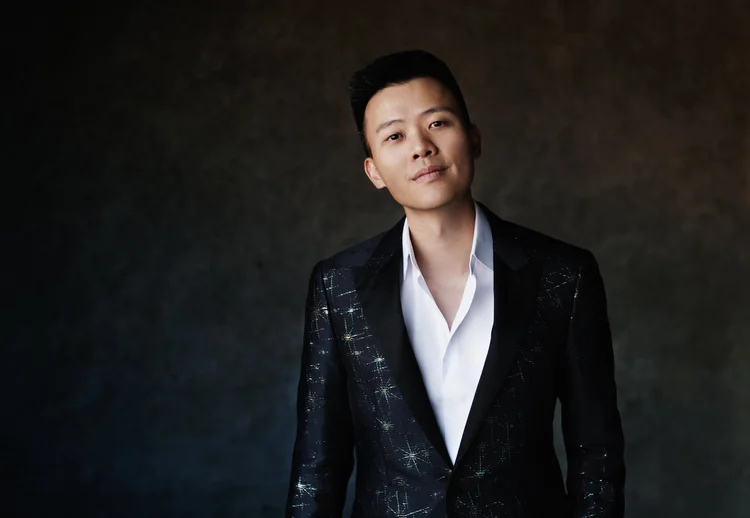 (Pianist David Fung)
(Pianist David Fung)
Rolf Liebermann’s Concerto for Jazz Band and Symphony (1954) receives its New Zealand premiere. Liebermann called it, “an attempt to include actual contemporary dance in art music”, creating a wild fusion of 12-tone modernism with boogie-woogie, blues, mambo, and jump. It’s brought vividly to life by our soloists, the Te Kōkī Big Band from Te Herenga Waka Victoria University of Wellington's Te Kōkī New Zealand School of Music.
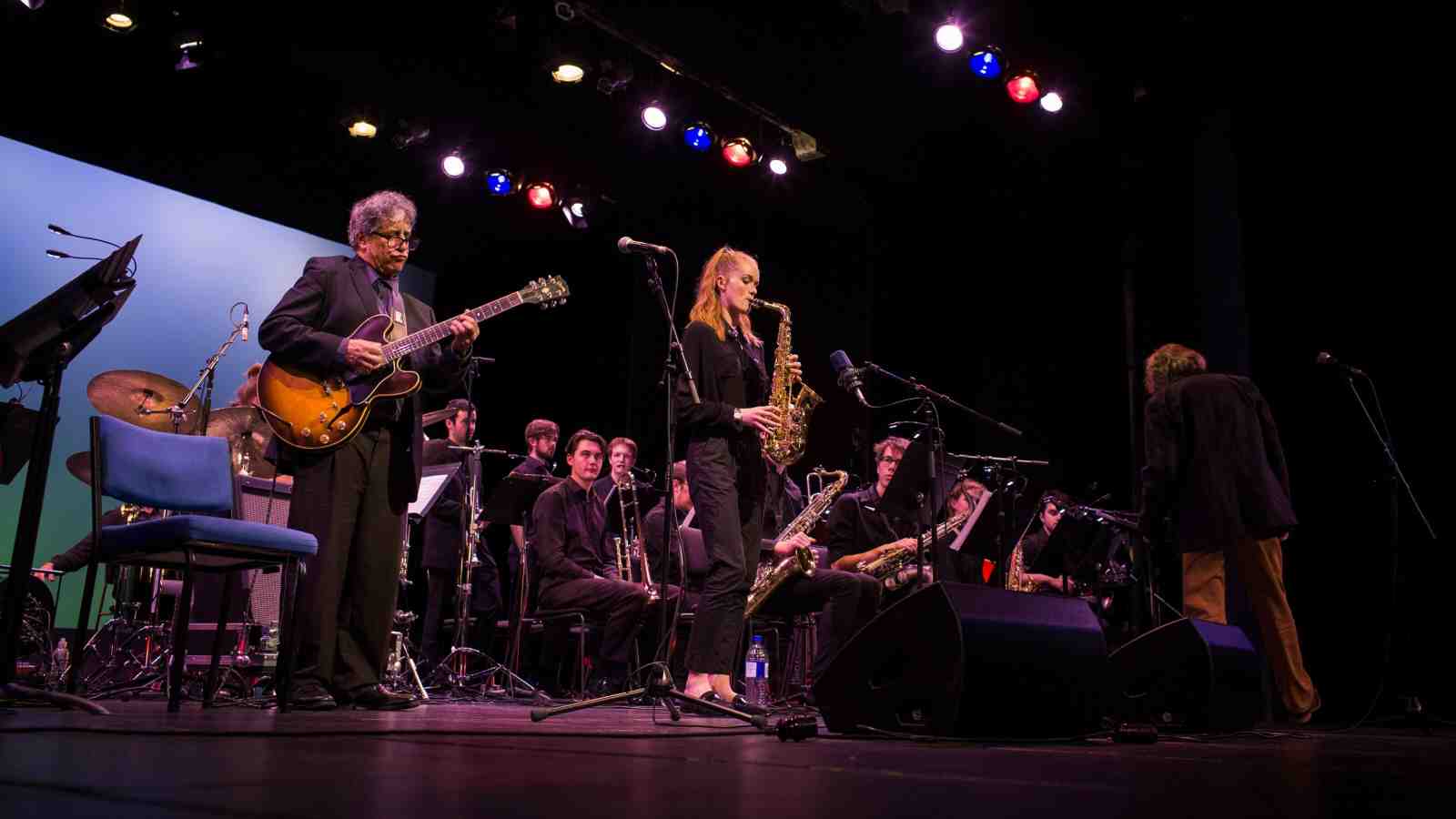 (Te Kōkī Big Band)
(Te Kōkī Big Band)
Bernstein’s Chichester Psalms (1965) fuses Hebrew psalms with the rhythmic verve of West Side Story, with Tudor Consort, Wellington Young Voices, and a boy soprano joining us for this radiant score. Harlem (1950), Duke Ellington’s extended orchestral poem, cemented his place not only as a bandleader, but as one of the 20th century’s greatest American composers.
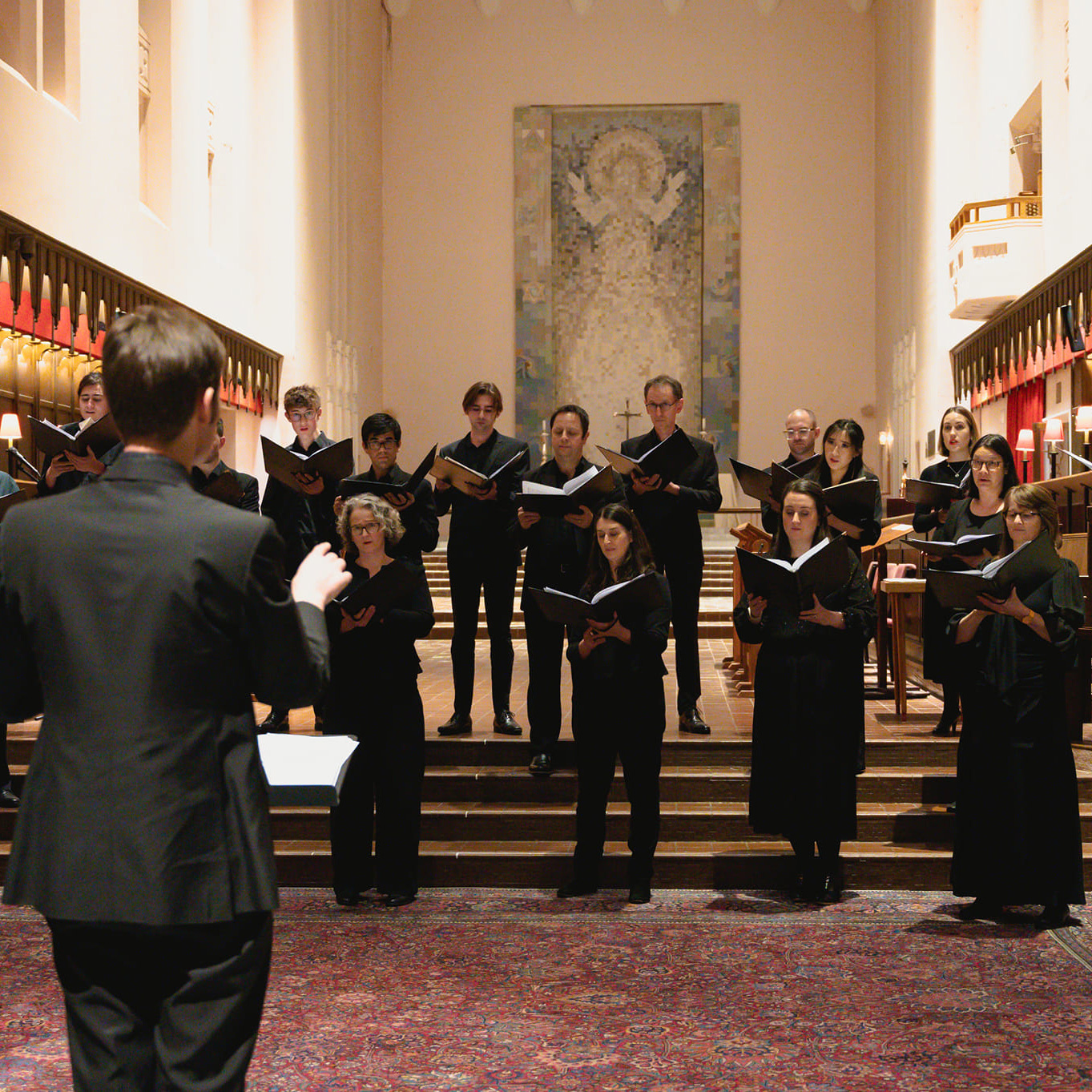 (Tudor Consort)
(Tudor Consort)
There is a real sense of hybridity in this season: Gershwin the Jewish-American voice shaping a new musical identity, Milhaud embracing the African diaspora’s music, Liebermann reconciling avant-garde seriousness with populist appeal, Bernstein fusing ancient sacred ritual with Broadway’s accessibility, and Ellington transforming Harlem’s vitality into symphonic sound. This is collaboration at its most adventurous: crossing borders, finding common ground, and creating something new.
For me, pianist Jian Liu is the ideal collaborator: virtuosic, inquisitive, fearless. That’s why he was the only person I could imagine asking to perform Busoni’s Piano Concerto (1904) — the most extravagant concerto of the Romantic era. Never before heard in New Zealand, this colossal work lasts 70 minutes, calls for a male chorus in the finale and attempts nothing less than a synthesis of the entire Western tradition!
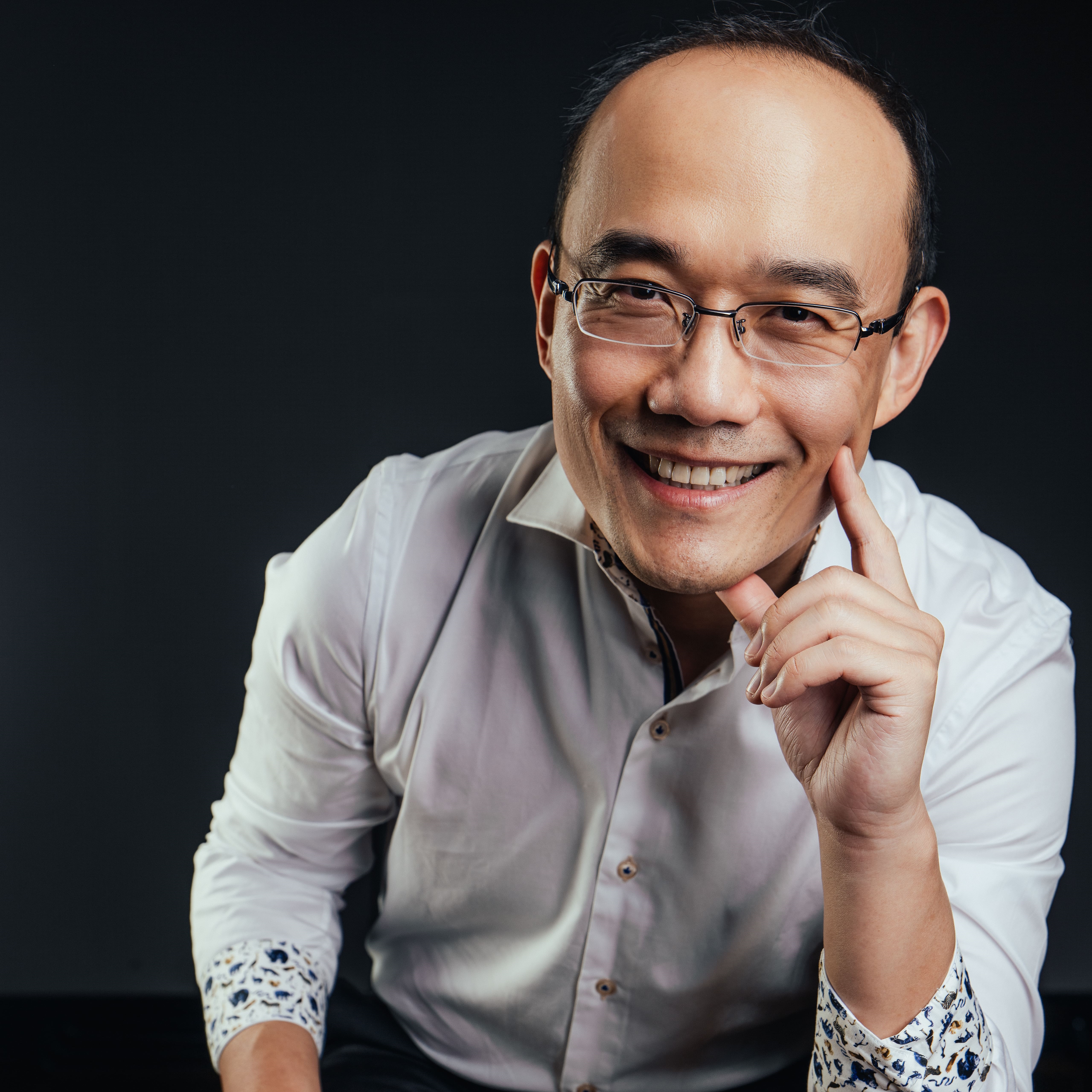 (Pianist Dr Jian Liu)
(Pianist Dr Jian Liu)
Busoni once sketched the work’s monumental form as temples and pyramids, crowned with a winged celestial being from Nietzsche and the Koran. Over the top? Absolutely. But magnificent nonetheless: Beethoven, Brahms, Chopin, Wagner, Liszt, all refracted through Busoni’s singular vision. He claimed he could explain every note of this immense work, a blend of excess and absolute clarity that epitomises this season’s audacity.
Balancing this monumental work, the sopranos and altos of Orpheus Choir Wellington join us for Debussy’s Nocturnes (1901). Inspired by Whistler’s nocturne paintings, these three movements shimmer with symbolist ambiguity, poetic suggestion, and colour. Debussy admired Whistler’s canvases, while Whistler himself borrowed the language of music in naming his works — a collaboration across art forms resulting in some of the most painterly music ever written.
Elsewhere in the season, we partner with Chamber Music New Zealand and the John Psathas Group — named for and led by OW’s patron, John Psathas — to present Bartók’s Concerto for Two Pianos, Percussion and Orchestra. It will be the first time in nearly 40 years that this late masterpiece has been presented in New Zealand! In the same programme we will play a work composed against the backdrop of the First World War — Nielsen’s Fourth Symphony, the Inextinguishable. This is music that insists, even in wartime, that the elemental force of life cannot be suppressed. Famous for its climactic duel between two sets of timpani, Nielsen remarked: “The fight between the timpani is not good versus evil, but life itself asserting its will to live.”
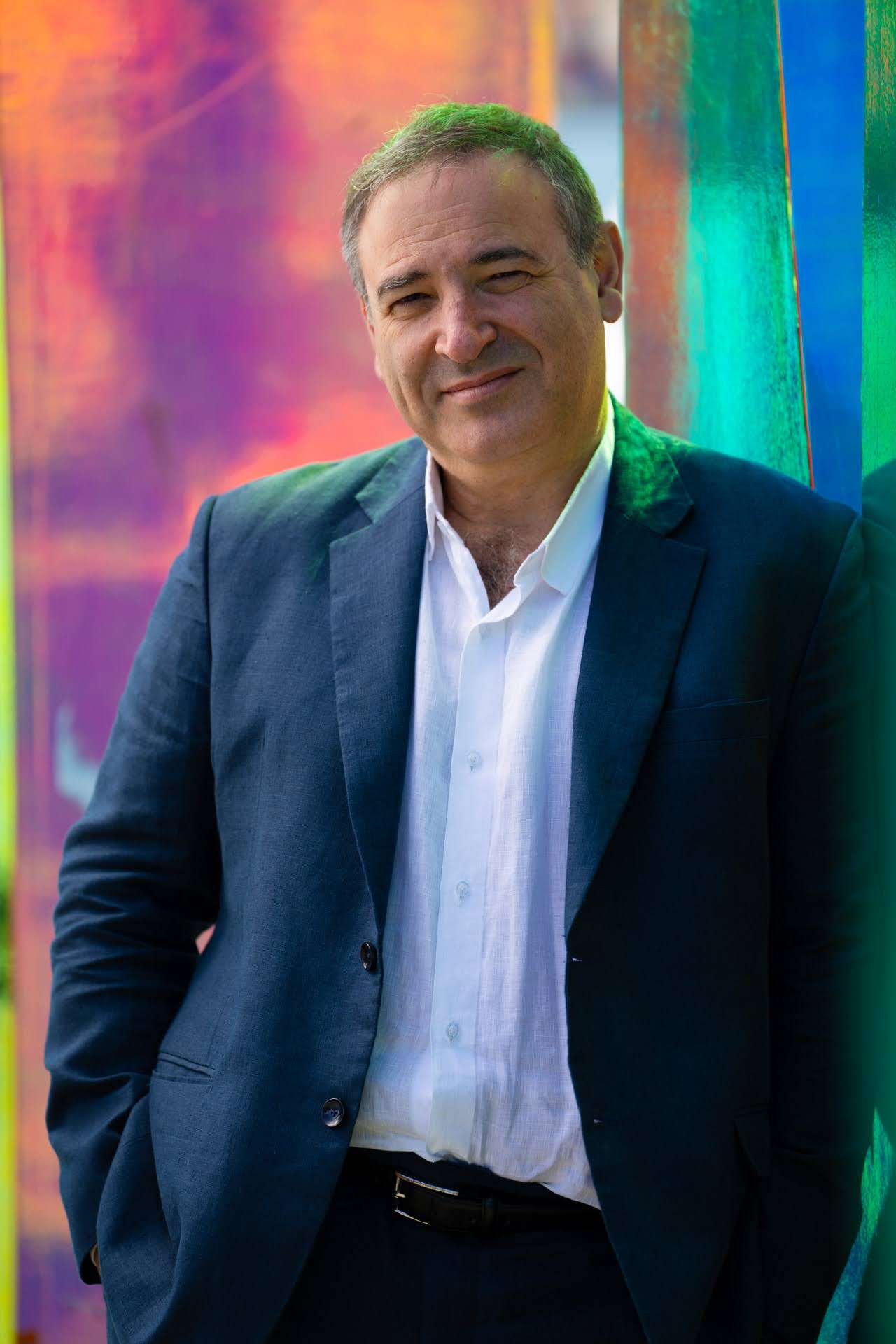 (OW Patron, Composer John Psathas)
(OW Patron, Composer John Psathas)
We perform another masterpiece written in the aftermath of the First World War — Elgar’s final completed orchestral work, a melancholy Cello Concerto (1919) that is the heartfelt response to the tragedy of the war. Inbal Megiddo is our wonderful soloist for this sublime work.
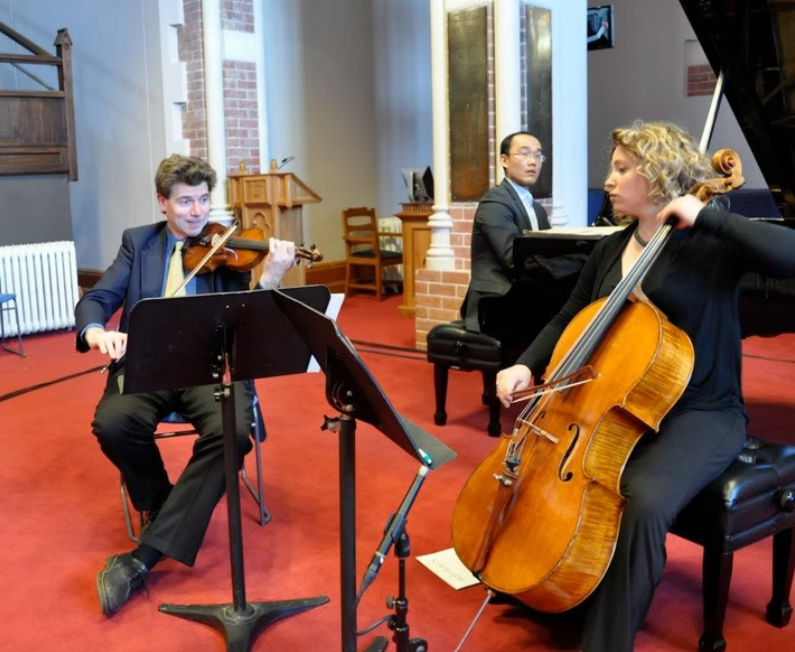 (Cellist Inbal Meggido performs with the Te Kōkī Trio)
(Cellist Inbal Meggido performs with the Te Kōkī Trio)
Virtuosity also lies at the heart of collaboration. Concertmaster Amalia Hall dazzles in Ravel’s Tzigane (1924), a fiery rhapsody described at its premiere as “so wildly, so rhapsodically coloured that one almost forgets to breathe.” Then we feature the chamber ensemble that Amalia leads — the marvelous NZTrio — in Beethoven’s Triple Concerto. Written at the same time he was composing his opera Fidelio, it is notable for being the only concerto for more than one instrument that Beethoven ever wrote, and his only concerto that features the cello as soloist. A delight from start to finish!
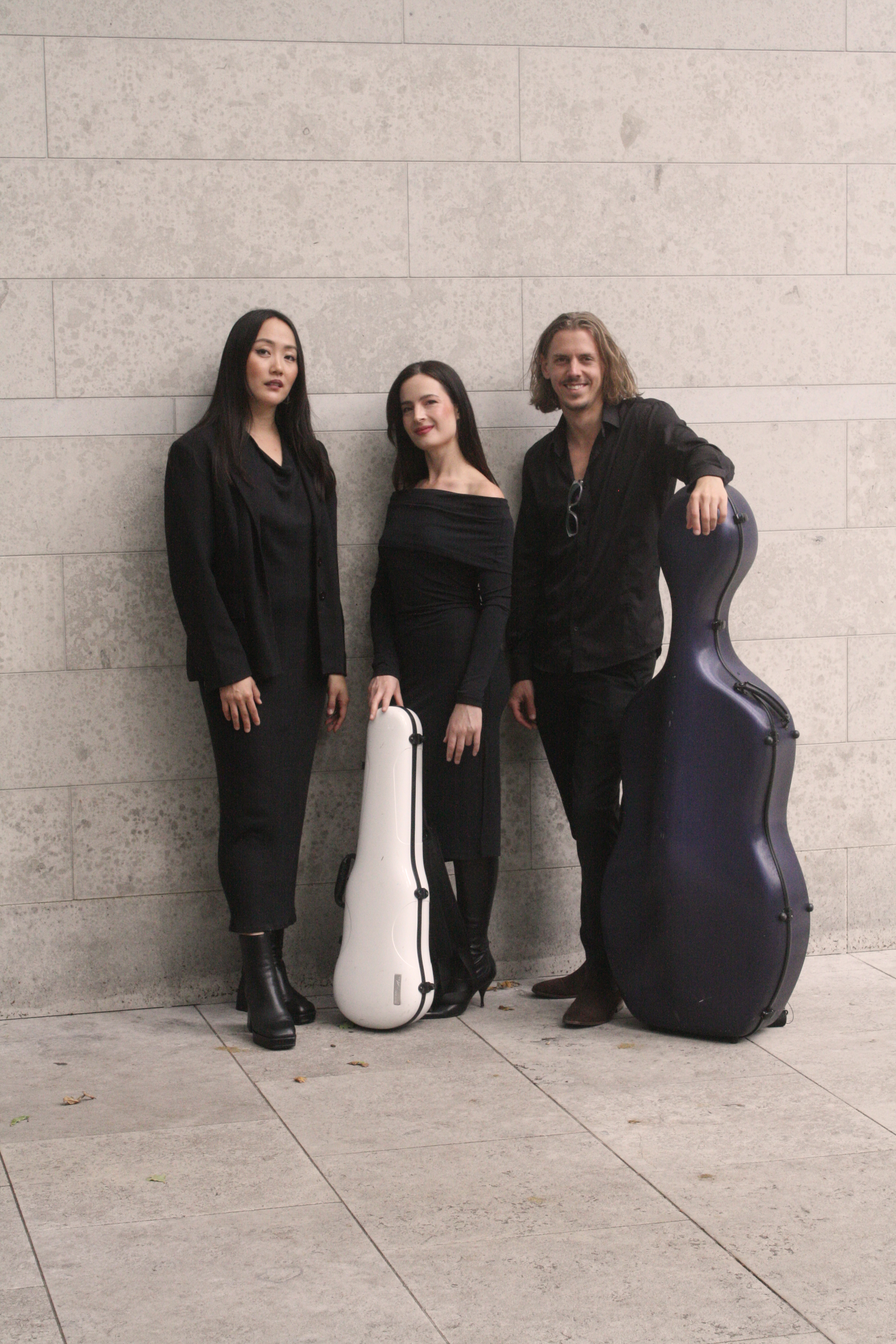 (NZTrio)
(NZTrio)
And because virtuosity belongs not only to soloists but to the orchestra itself, we crown the programme with another of Bartók’s late masterpieces — his Concerto for Orchestra (1944). Here, the entire orchestra becomes the soloist. Virgil Thomson called it “brilliant in orchestration, muscular in rhythm, endlessly inventive.” Collaboration at its most vivid: an ensemble of individuals united in collective voice.
In addition to NZTrio, this season we also feature another of the most important chamber ensembles in Aotearoa — the NZ String Quartet, who join us as soloists for Elgar’s radiant Introduction and Allegro (1905). This work makes a very interesting contrast to the Cello Concerto, being written at the very height of Elgar’s popularity and Edwardian grandeur, while with the concerto, the composer found himself increasingly out of step with modernism and the post-war society.
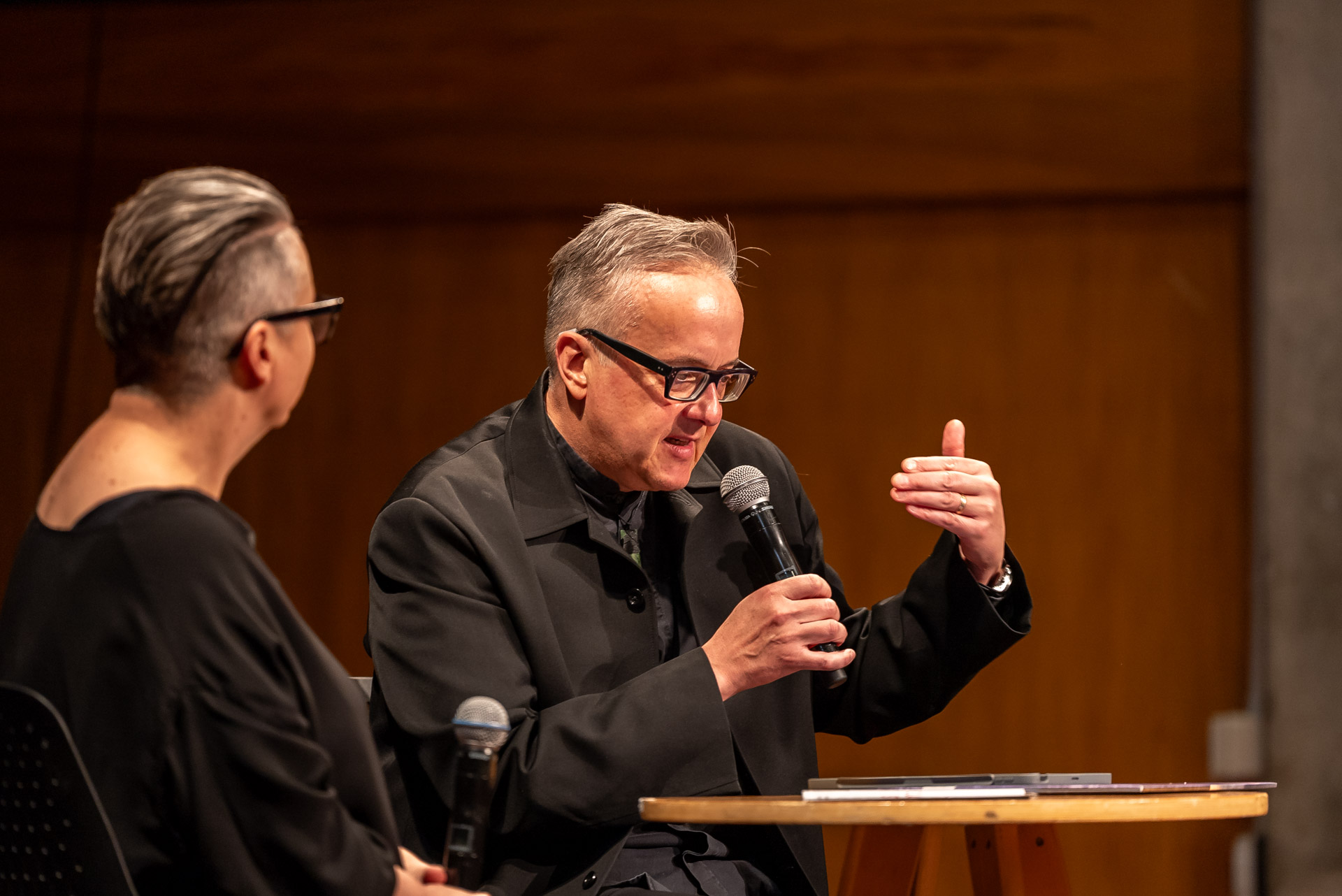 (OW Music Director Marc Taddei and Composer-in-Residence Victoria Kelly)
(OW Music Director Marc Taddei and Composer-in-Residence Victoria Kelly)
Surely one of the greatest highlights of this season will be the world premiere of an opera by our composer in residence, Victoria Kelly. Ocean promises to be haunting, lyrical, and deeply human. Kelly herself has said: “I want music to feel like something you’ve always known, but never heard before.” To present a new opera is perhaps the most collaborative undertaking of all: words, voices, staging, orchestra, and audience all converging in a single act of creation.
One of the most affecting collaborations we present each year is our partnership with Arohanui Strings+, the El Sistema programme dedicated to positive social change through music. This season is no different: together we will give the world premiere of a new work written especially for Sistema youth orchestra and professional orchestra — the 2026 SOUNZ Commission for Orchestra and Sistema Youth Orchestra — a collaboration that celebrates music’s power to transform lives and communities.
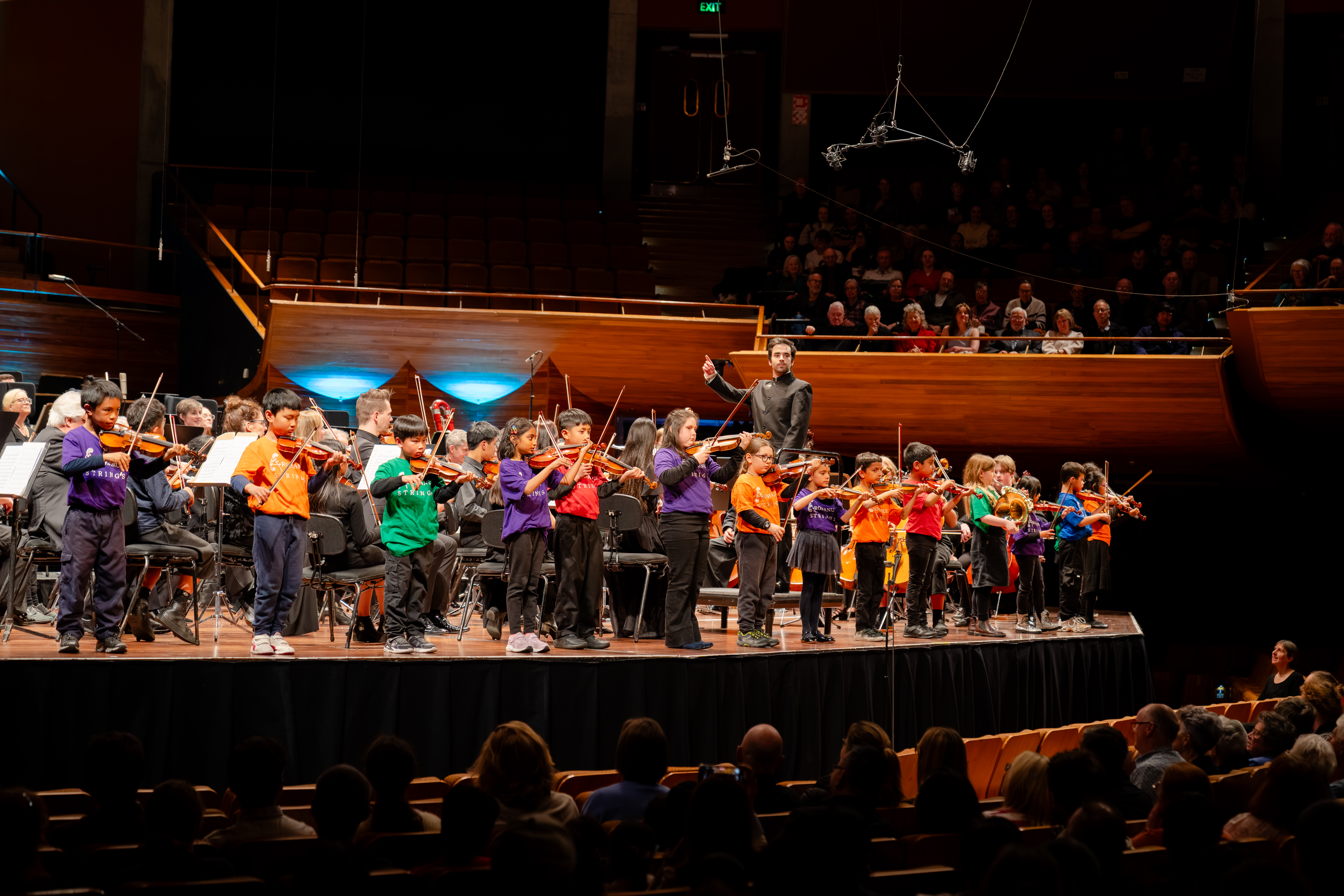 (Arohanui Strings+ performs with Orchestra Wellington, 2025)
(Arohanui Strings+ performs with Orchestra Wellington, 2025)
Of course, collaboration doesn’t end with our subscription season. From working with young musicians in our schools programme, to sharing the stage with our city’s great choirs, to welcoming international artists to Wellington, collaboration is at the heart of everything we do. It is what makes your orchestra not just a performing ensemble, but a living, breathing part of its community.
Every programme this season tells the same story: that music only lives when it is shared. From Berlioz’s overwhelming Requiem to Busoni’s philosophical piano epic, from Harlem jazz to the vital art music of Aotearoa, music comes alive only in collaboration. And you are a vital part of this. It is your presence, curiosity, and support that complete the collaboration. You inspire us to take risks, dream boldly, and create performances of depth and joy. I am overwhelmed by the support you show us!
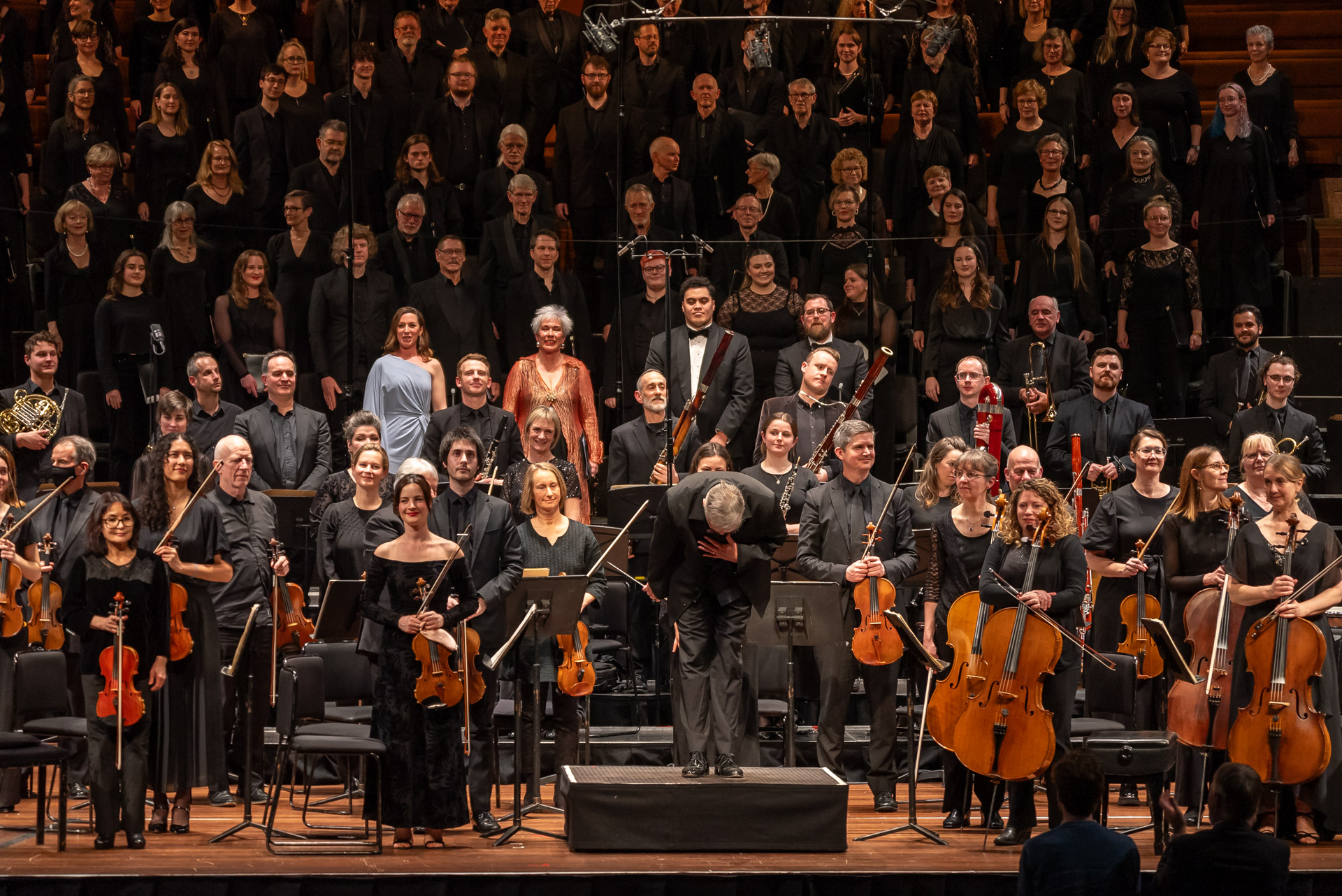
This season celebrates the joy, challenge, and power of COLLABORATIONS — proving that great art emerges when people find common ground and create together. Every programme is built on artistic partnership, and every performance is deepened by your presence.
Because you are essential to this collaboration.
So, this season, we invite you to be part of the COLLABORATIONS.
Let’s make music — together.
Marc Taddei, Music Director Orchestra Wellington
